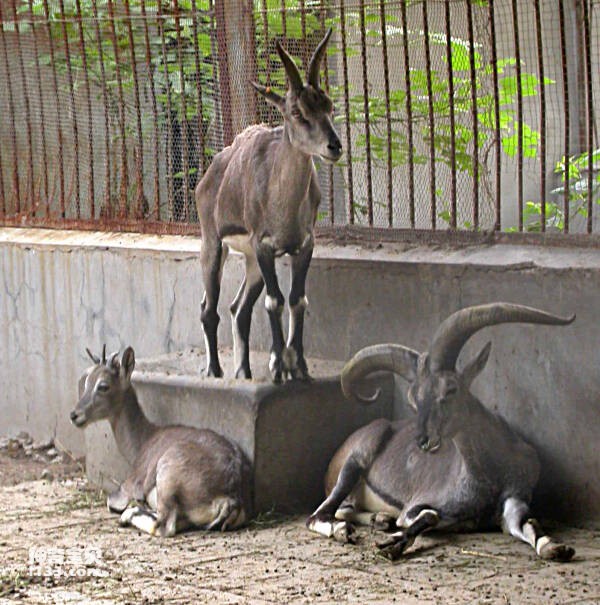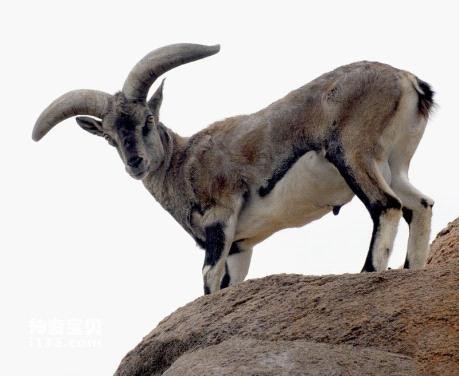Blue sheep (scientific name: Pseudois nayaur) is a herbivorous mountain mammal, belonging to the family Bovidae and genus Blue sheep. It is also known as cliff sheep, stone sheep, green sheep, blue sheep, Chinese blue sheep, Helan Mountain blue sheep, and Himalayan blue sheep. Mainly produced in the mountainous areas of western China, northern India, Nepal and Bhutan, it is a second-level protected animal in China. Helan Mountain in Ningxia, China is the distribution area with the highest population density, with an average of 15 individuals per square kilometer and a total of approximately 30,000 individuals.

Blue sheep are agile, good at climbing and jumping, and are the main prey of snow leopards.
The body of blue sheep is brown-gray, sometimes with a slight bluish luster, which is similar to the environmental color of the cliff and rock wall where it is located, and is an excellent protective color. The limbs, abdomen and face have black, dark gray and white markings. Both sexes have horns and no beards. The male's horns are curved back and can exceed 60 cm in length, while the female's horns are short and straight, with a maximum length of about 20 cm.

The blue sheep, which is somewhat similar to a goat, is now an endemic species on the Qinghai-Tibet Plateau. It likes to live in mountains above the tree line, with an altitude of between 4,000 and 6,000 meters. Previous records of blue sheep were known to be distributed in North China during the Middle and Late Pleistocene, reaching as far as Liaoning in the northeast, more than 1,800 kilometers northeast of the Tibetan Plateau. However, its Pleistocene records all come from mountains or caves, and its affinity for rocky areas is the main reason why blue sheep could not expand further north like the woolly rhinoceros. Complete horn core fossils that may be the ancestor type of blue sheep were found near the woolly rhinoceros fossil site in the Zanda Basin. Blue sheep have a mixture of goat and sheep traits, but are more closely related to goats. The horns of the Zanda specimen are separated to both sides, the cross section is semicircular, and the surface is quite smooth. It is the closest to the blue sheep among the living bovids on the Qinghai-Tibet Plateau. However, the direction of its angular center still has a significant backward trend, which is different from the modern and Pleistocene species that point completely outward, indicating that the Pliocene Tibetan species is more primitive. If this horn center indeed belongs to the blue sheep, or one of its more primitive relatives, then the blue sheep is another example of the origin of Ice Age animals on the Tibetan Plateau.
animal tags:
We created this article in conjunction with AI technology, then made sure it was fact-checked and edited by a Animals Top editor.